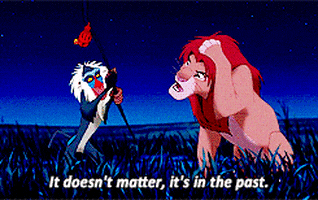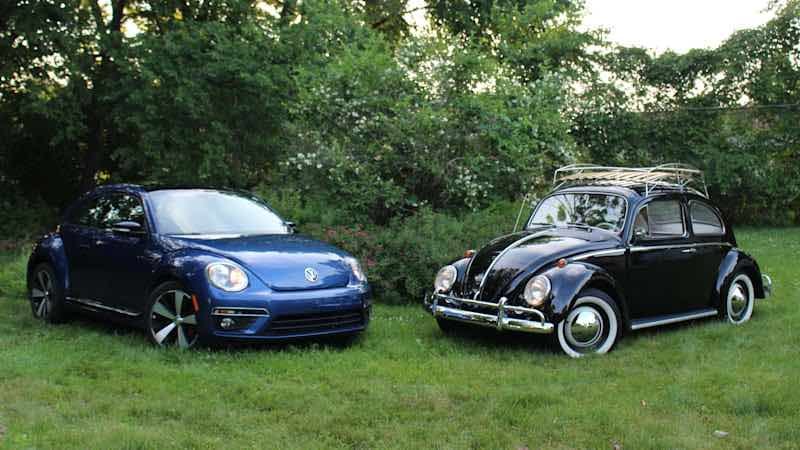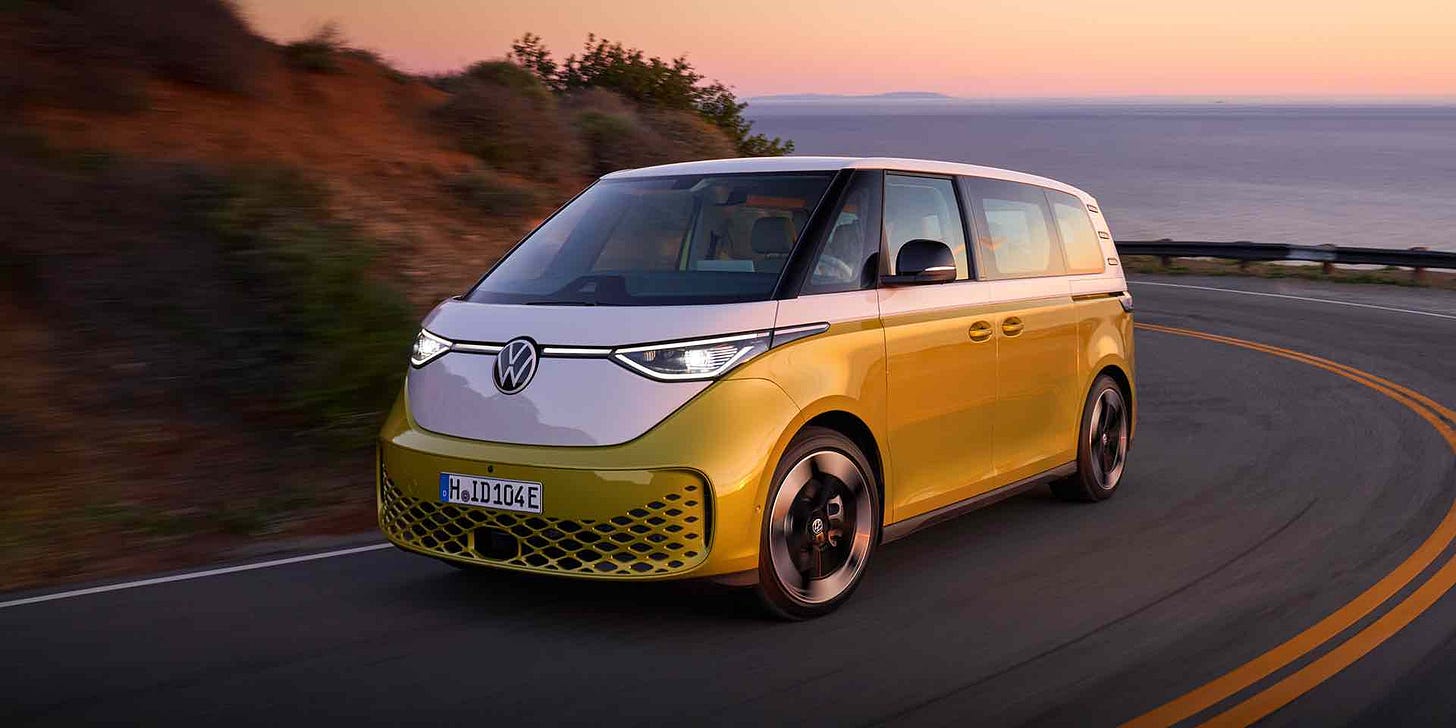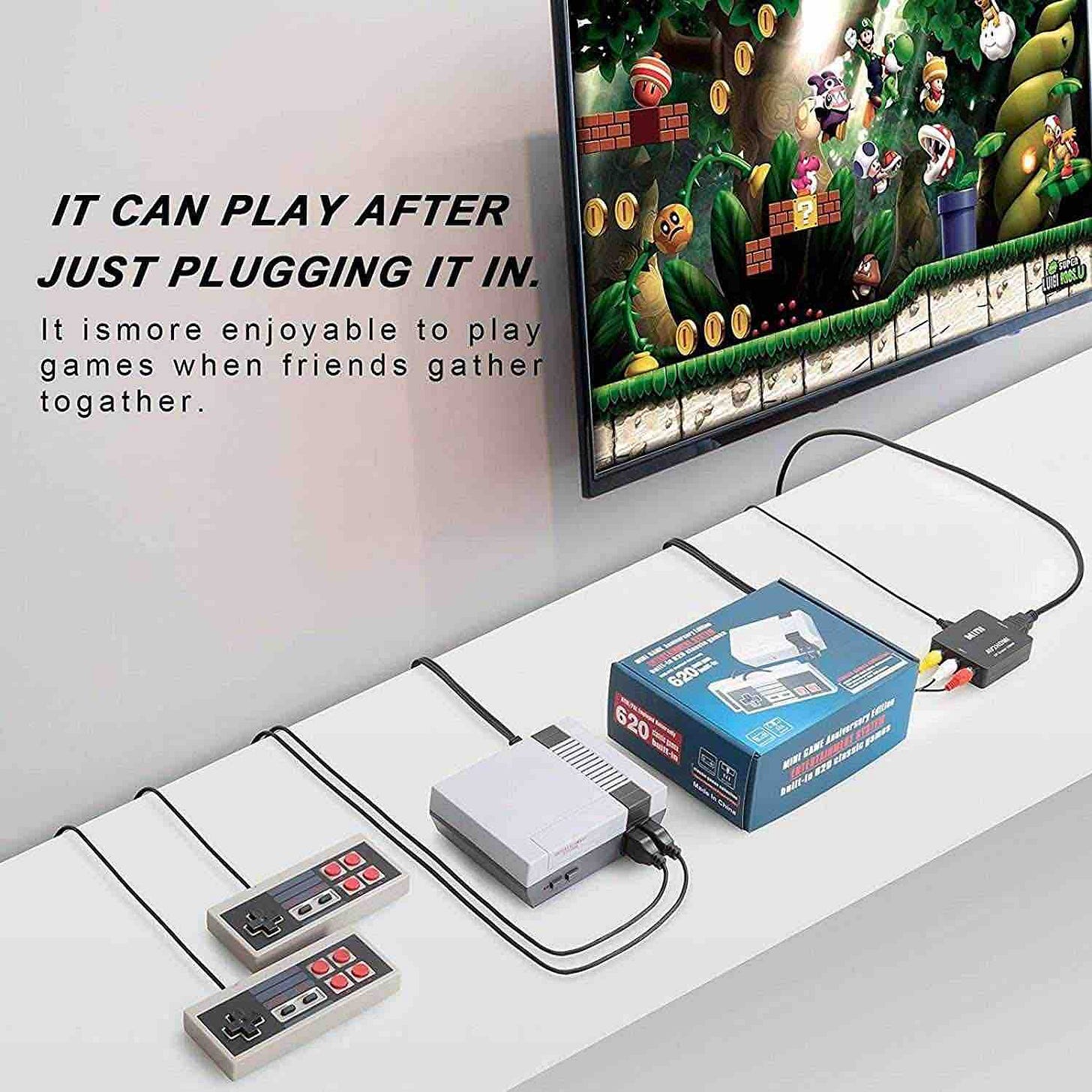Good morning and welcome to the Quarantine Creatives newsletter, a weekly companion to my podcast of the same name, which explores creativity, art, and big ideas as we continue to live through this pandemic.
If you like what you’re reading, you can subscribe for free to have this newsletter delivered to your inbox on Sundays:
Looking to the Past
I’ve been thinking a lot about nostalgia lately. Last week, I wrote extensively about our adoration for old things that are still useful now, like rotary phones and cue cards. Places like antique stores, flea markets, and online sellers like eBay guarantee that there will always be at least some market for authentic old things.
But I wanted to talk about something else today- manufactured nostalgia. This happens when objects are recreated in the style of something old, but are in fact brand new. Often, it’s a cosmetic dressing, where the shell of a product closely resembles something from the past but the insides sport the latest technology.
If you follow me on Twitter or Instagram, you probably know that we purchased a Winnebago motorhome last summer. Our RV is just old enough to be affordable, yet not quite old enough to be “classic” yet.
At 16 years old, it’s showing a little wear on the paint and decals. I have been considering the best exterior treatment for a while now, but my mind doesn’t go to replicating what’s there, but instead to trying to recreate what never was:



There’s something about the iconic W logo and the solid stripe of color that speaks to me more than the decal treatment from 2006. After speaking with a body shop this week, I learned that this is harder and more expensive than I had hoped, but the impulse to “go classic” is still there.
This all may seem strange or not worth the effort on the surface, but we as a society actually have a habit of creating things that never quite existed but are still vaguely familiar. The more I thought about it, the more examples came flooding to me.
In the automotive world, Volkswagen has been manufacturing nostalgia for a long time. Their first attempt was recreating the classic Type 1 with the “New Beetle,” which first appeared in 1998.
Ironically, when the New Beetle debuted, the original Beetle was still being produced in Mexico for the world market, so one could (at least theoretically) buy both a classic and reproduction body type for a few model years. The New Beetle was produced for more than a decade before being retired in 2011.
Volkswagen is taking another swing at a retro look with their latest minivan, the all electric ID.Buzz, which takes strong styling cues from the 1960s Type 2 Bus. It’s being offered in Europe first before moving stateside in 2024.
As a devoted minivan driver (don’t judge) and somebody who wants an EV, the ID.Buzz appeals to me. The retro styling is just enough, while still also feeling fully modern. It walks the line between invoking nostalgia without being a faithful reproduction. Will I buy one someday? Time will tell.
Nostalgia Lovers
For children of the 80s and 90s, there is perhaps no national restaurant that conjures quite the nostalgia of Pizza Hut. Just picking up takeout as a kid was fun because of the tabletop arcade games in the waiting room. But dining in was an even bigger treat, with the pizza buffet, those red plastic cups, and the Tiffany glass lights over the deep booths.
Over the last 30 years, eating pizza has shifted from a dine in experience to a takeout or delivery one. Many Pizza Hut locations have downsized to smaller storefronts without seating, with the dining room locations sold off and repurposed.
There’s even a Twitter account (Used to be a Pizza Hut) that chronicles former Pizza Hut dine-in locationsthat have now been converted to tons of other businesses across the country, including a recording studio, a pharmacy, and even a “gentleman’s club,” all with their iconic roofs still in tact.
Yet while many Pizza Huts are finding new life as other businesses, there are also roughly 20 locations in Ohio, Arkansas, North Carolina, and other places that have been faithfully converted back into 1980s Pizza Huts.





They’re called Pizza Hut Classics. These restaurants have been intentionally renovated to look like they would have back in the day, large dining room and all.
Fortunately, they aren’t time capsules that have sat preserved because, let’s face it, nobody wants to eat in a restaurant that hasn’t actually had any updates in 40 years. But somewhere that still looks familiar but also feels new and clean? That’s something people can get behind.
But do they? I’ve never eaten in a Pizza Hut Classic, but every photo I’ve seen or YouTube video I’ve watched about them rarely shows more than two or three tables full. Some of this may be a pandemic holdover, but I also wonder if tastes have shifted to the point that Pizza Hut Classics are great for social media clout posts but don’t offer quite the experience that they appear to.
The restaurants also seem to be located in average suburban neighborhoods where potential diners are coming from within a few miles. The concept is cool, but is probably not a place families are racing to on a weeknight in 2022. Maybe instead of 20 locations, Pizza Hut should have focused on a few in high traffic touristy places like Times Square, International Drive, or Las Vegas Boulevard.
Retro Gaming
Another throwback to my childhood is the original Nintendo home console, known as the Nintendo Entertainment System (NES). The 8-bit games like Super Mario Brothers and Duck Hunt had pixelated graphics and simple but catchy music scores. Kids from my era could get lost in those games for hours, with the sore thumbs to prove it.
These systems get romanticized now, but they were also horribly unreliable to use, usually requiring some combination of blowing into the cartridge, blowing into the console, or hitting the console Arthur Fonzarelli style to get a game to load. There was always the danger that a game could freeze or reset from the vibrations of somebody walking past (or sometimes just on a whim).
I was very excited in 2016 when Nintendo launched the NES Classic Edition, followed closely by the Super Nintendo Classic Edition. In both cases, the styling of the original consoles was meticulously retained, albeit in a much smaller footprint than the systems of the 1980s and 90s.
These newer video game systems no longer used game cartridges, but instead had software preloaded, with 30 games on the NES and 20 on the Super Nintendo. It made switching games fast and eliminated blowing on cartridges and hoping they would work.
Perhaps the most attractive part of these replicated consoles was the pricing. The NES Classic Edition retailed for $59.99 and the Super Nintendo Classic Edition for $79.99. For a retro gamer, these were priced to be impulse buys.
The only problem is that they were very difficult to locate because supply was extremely limited. Nintendo ceased production of both consoles in 2019 before many people had the chance to buy them. I was never able to find a NES Classic Edition myself, but did happen to be at Game Stop at the right time once to find a Super Nintendo Classic.
The current price for a used NES Classic Edition listed on Amazon is $219, more than three times the original retail price. I’m not sure how strong the demand ever was for these retro systems, but the limited supply helps drive up the price.
At the other end of the spectrum, there are bootleg versions of these consoles that are sold online for as low as $23. They look similar (although seem to have more buttons than they should) and claim to include more than 600 preloaded games, although I don’t remember there being 600 games available for these systems originally.
Whether taking a chance on a bootleg or paying for the official version, there was at least enough nostalgia from people like me to drive a market for something that looked and felt retro but worked with a modern TV and without all of the trouble of the twentieth century versions.
There will always be some segment of the population that is interested in reliving the past and smart companies will continue to find some way to cater to that impulse. But it also seems clear from the examples above that nostalgia has a ceiling.
Do I wish Nintendo had produced more NES Classic Editions? Yes, but only enough so that I could have located one easier when they were sold. Would I eat at a Pizza Hut Classic if there was one in my neighborhood? Maybe once for the experience, but probably not with any regularity. Which begs the question if going retro is a smart decision?
Getting back to my RV, I likely won’t be repainting it anytime soon. Even if I like the more classic styling, there’s no guarantee that it would be worth that investment and would result in a higher resale value down the road.
Perhaps nostalgia is a nicer place to visit occasionally than to live in full time.
What Do You Think?
Do any of these products make you nostalgic? What brands do you think should lean into their past more heavily? Any that have done it really well or maybe really poorly? Leave a comment and let’s start a conversation!
Related Reading
If you’d like to catch up on past episodes of the Quarantine Creatives podcast, they can be found on Apple Podcasts, Spotify, or wherever you listen.
Please consider sharing this with a friend that you think might enjoy it, or better yet, share it on social media so you can tell hundreds of friends!
If you’ve missed past issues of this newsletter, they are available to read here.
Stay Safe!
Heath











